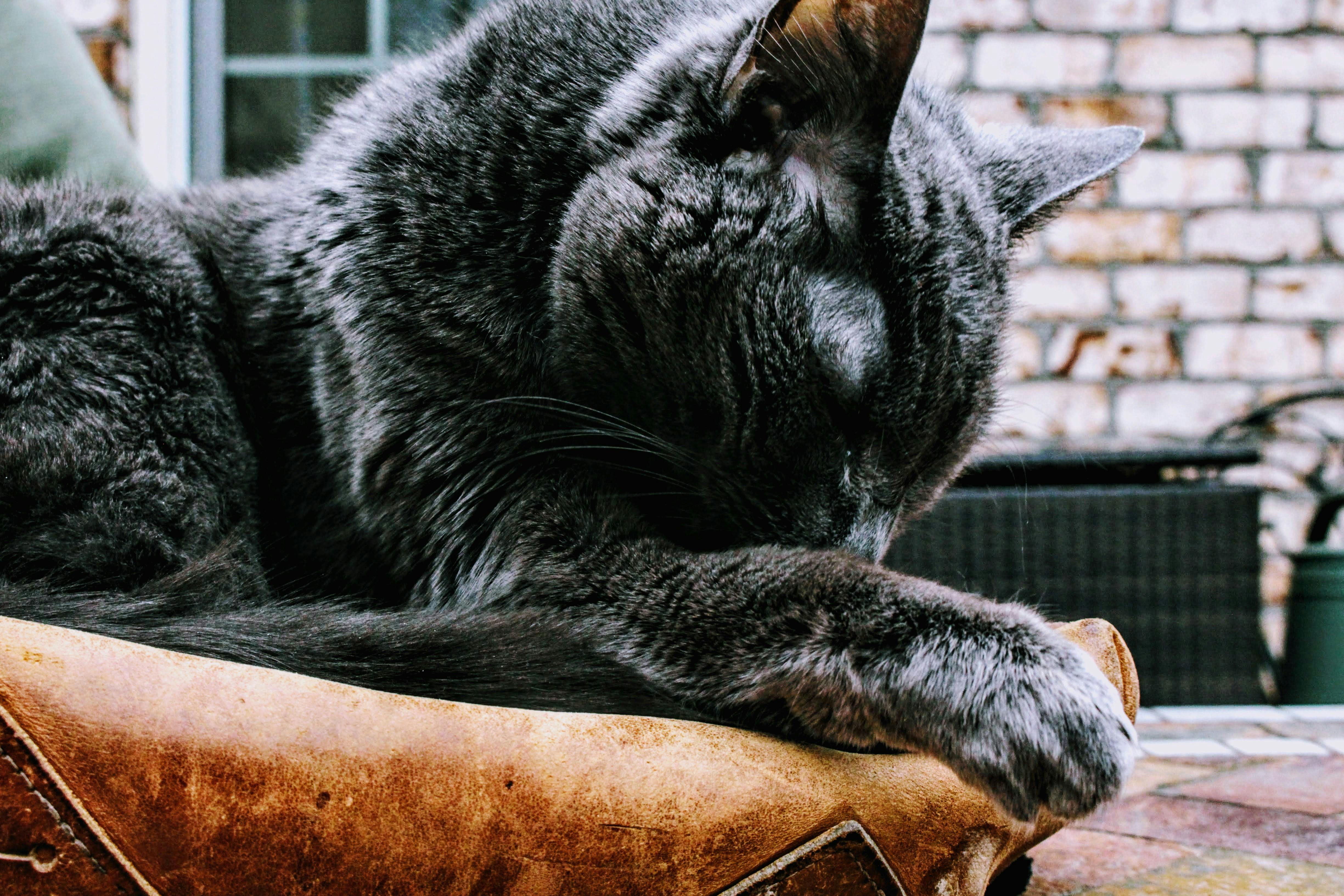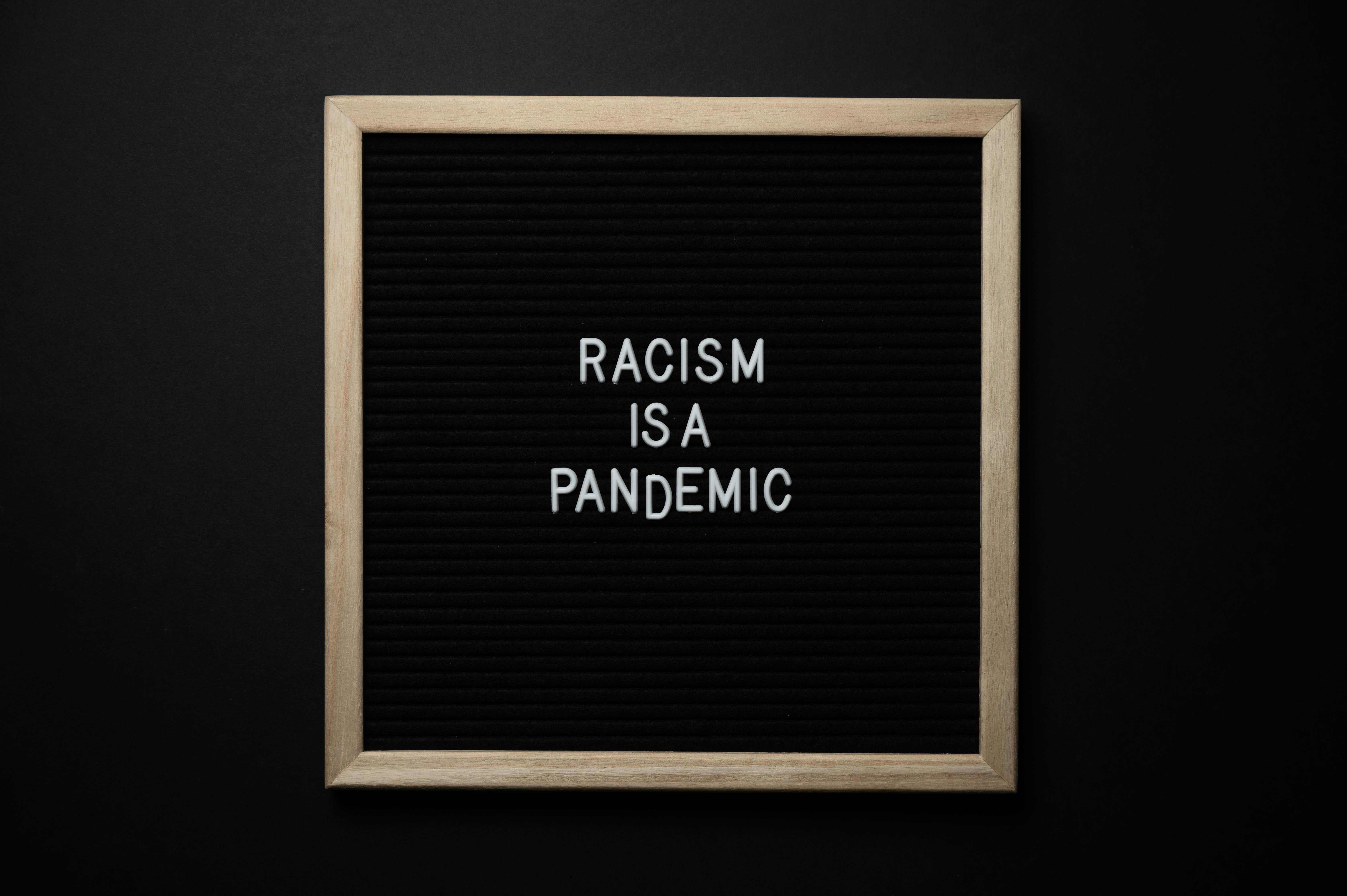
SPF in sunscreen: the basics
admin
- 0
SPF stands for “sun protection factor”. Basically, the SPF in sunscreen protects your skin from UV-causing cancer by multiplying your natural defense against rays. It sounds confusing, but it is not. Here’s how it works: If you burn easily and can usually only last 10 minutes in the sun, a sunscreen with SPF 15 will theoretically protect you 15 times longer than your natural protection time, so in this case you will be protected against rays. UV. for 150 minutes. However, that is a theoretical moment, it does not take into account sweating, swimming or wearing clothes, or any other factors that could erase the sunscreen or impede its benefits.
Another thing to keep in mind is that once you’ve used up your protection time (the theoretical 150 minutes), another dose of sunscreen won’t add any more protection for that day. In this case, if you’ve been outside for your ‘sheltered’ time minutes, it’s best to avoid the sun for at least the rest of the day to avoid getting burned.
On the subject of burns, there are 2 types of UV (ultraviolet) rays that can cause cancer: UVA and UVB.
UVA rays are the rays of the sun that cause our skin to tan and wrinkle and, over time, will produce signs of aging and sagging of the skin. Although it is not as powerful as UVB rays, it can penetrate deeper into the skin. UVBs are shorter and more powerful ultraviolet rays in sunlight. UVB rays are responsible for sunburn: they affect the outer layer of the skin (epidermis) and are an important factor that contributes to the development of skin cancer. The best sunscreens protect from UVA and UVB rays.
Different parts of the world have variable burning times depending on the strength of the ozone layer in that part of the world. New Zealand, for example, has a “hole” on it and burn times can be very fast.

